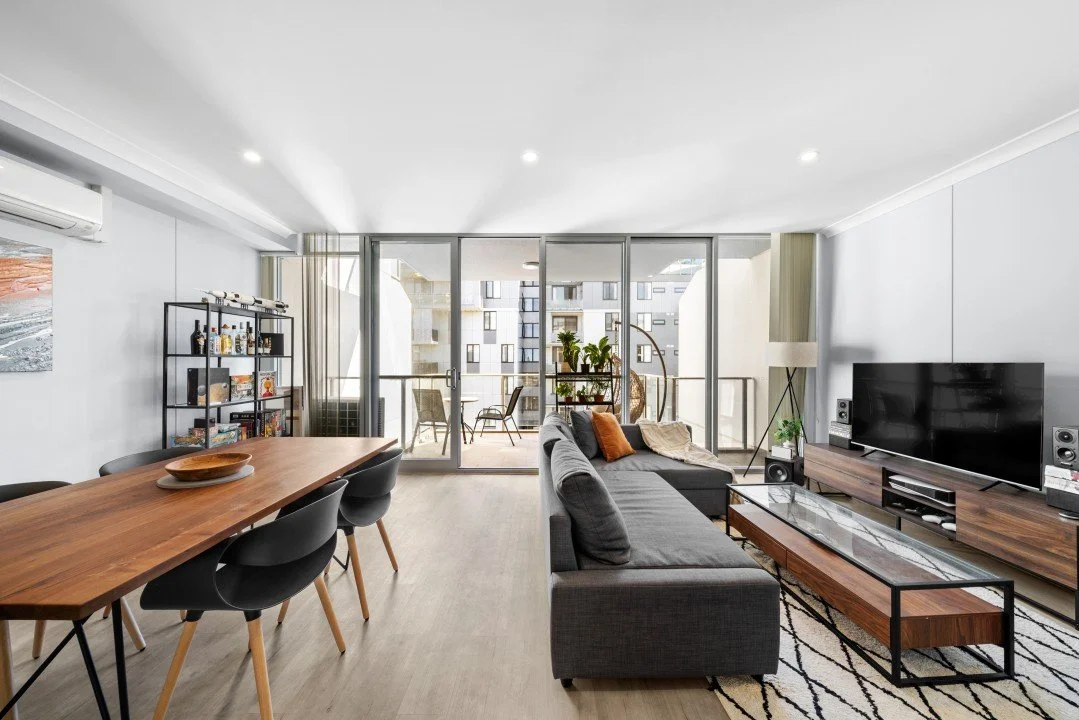NSW Home Shared Equity Scheme – is it for me?
What is it?
The Shared Equity Home Buyer Helper is a NSW Government Scheme created to assist lower income single parents, older singles, and first home buyer key workers to purchase a home in which to live.
For eligible persons, the NSW Government will contribute a proportion of the purchase price of a property in exchange for an equivalent interest in the property.
The maximum amount is determined by whether it is a new or existing home:
New home – up to 40% of the purchase price
Existing home – up to 30% of the purchase price.
As long as a participant remains eligible for the initiative, they will not be required to make repayments (such as rent or interest) to the Government on its equity contribution. Participants can make voluntary payments to increase their share in the property.
Who is eligible?
The initiative is open to:
single parents of a dependent child or children
single persons aged 50 or above
first home buyer key workers: nurses, midwives, paramedics, teachers, early childhood educators, and police officers.
Participation in the Scheme is open to singles or couples subject to nominated income thresholds, property values, their level of savings, and their intended use of the property. Full details of Scheme eligibility and guidelines can be found on the NSW Government Shared Equity information web page.
Analysis
The Shared Equity Home Buyer Helper is an extremely limited Scheme. Applicants earning the maximum allowable income are unlikely to be able to borrow sufficient funds to purchase a property at the Scheme’s maximum purchase limits. At current interest rates I have calculated that the maximum purchase price is likely to be:
$920,000 for couples
$680,000 for singles
And these amounts assume that the applicants have no children, credit cards, other loans, or HELP debt.
Eligible participants must remain eligible throughout their time in the Scheme or risk the sudden fallout of no longer qualifying and being required to increase their equity or sell their interest in the property. Potential pitfalls I see include:
If you wish to renovate the property to improve its amenity there are two options:
You could borrow additional funds to buy out the government’s share and then borrow funds for the improvements; this is unlikely to be feasible for most participants. OR
You can apply to the Scheme Commissioner for permission to renovate and any value increase in the property would accrue partly to you with the government also taking a share.
Loans for the Scheme are available from a single lender: Bendigo (and Adelaide) Bank. Borrowers will have no protection from the bank increasing its interest rates and are unlikely to be able to refinance their loan or use potential refinance as a lever to keep their interest rates competitive.
What if you move job location? Job mobility is quite common among the target occupations such as nurses, teachers, and other essential services workers. This can create complications and precipitate a forced Scheme exit.
Loans will require a review every 2 years, forcing participants to produce income documents to prove their continuing eligibility so that they can remain in their home. If they no longer qualify, they could be compelled to refinance or to increase their ownership share and in doing so, increase their debt.
What if the borrowers start a family and find a way to earn additional income to cover their increased living costs? This additional income may make them ineligible to remain in the Scheme or force them to borrow additional funds (from the monopoly bank) to increase their equity share.
A similar potential complication can occur if a single Scheme participant enters a de facto or married relationship (an existing problem in variety of government schemes).
Read more: Partner income tests are preventing some Australians with disabilities from getting married
Another issue is the salary cap. Using the example of First Home Buyer key workers, we can see that many singles will be over the $90,000 income cutoff. This is based solely on their base salary and does not include overtime, allowances, or bonuses.
Assuming a couple working the same job, almost all will be over the $120,000 income cutoff.
When the property is sold you will be required to pay 100% of the costs of selling including agent’s fees, your own legal fees, and Land Titles registration fees.
Overall, the Scheme may be better described as a smart marketing initiative by Bendigo Bank to obtain sole occupancy of a niche market of potentially vulnerable borrowers. The chances of the Scheme creating future mortgage or property prisoners is high. It is a poor substitute for the government implementing policies which provide safer access to lower cost housing with fewer strings attached for people who otherwise cannot afford to enter the market.
Social Sharing
Disclaimer: This article is intended to provide general news and information only. While every care has been taken to ensure the accuracy of the information it contains, neither Loanscape nor its employees can be held liable for any inaccuracies, errors or omission. All information is current as at publication release and the publisher takes no responsibility for any factors that may change thereafter. Readers are advised to contact their financial adviser, broker or accountant before making any investment decisions and should not rely on this article as a substitute for professional advice.








Loanscape has today released its Borrowing Capacity Index for Q4/2024. It confirms the forecast trend that borrowing capacities of Australian individuals and families are recovering from their low levels which coincided with the last of the recent increases to borrowing rates initiated by the Reserve Bank of Australia.